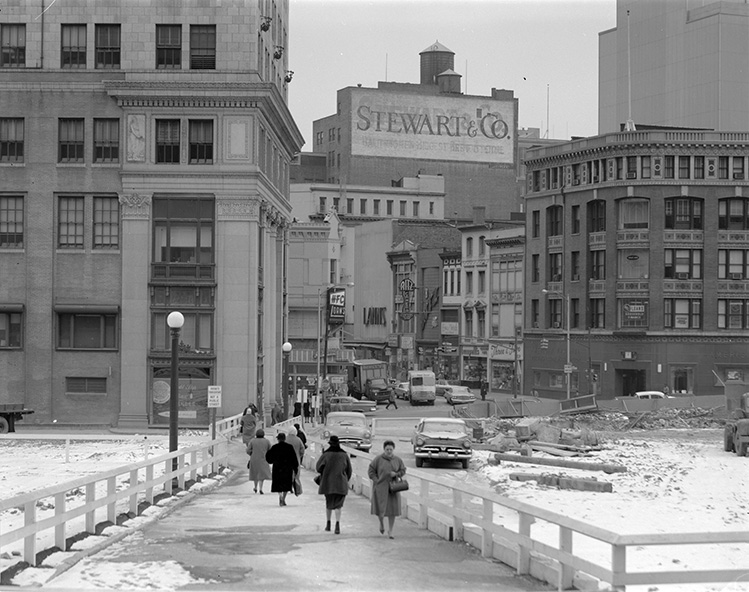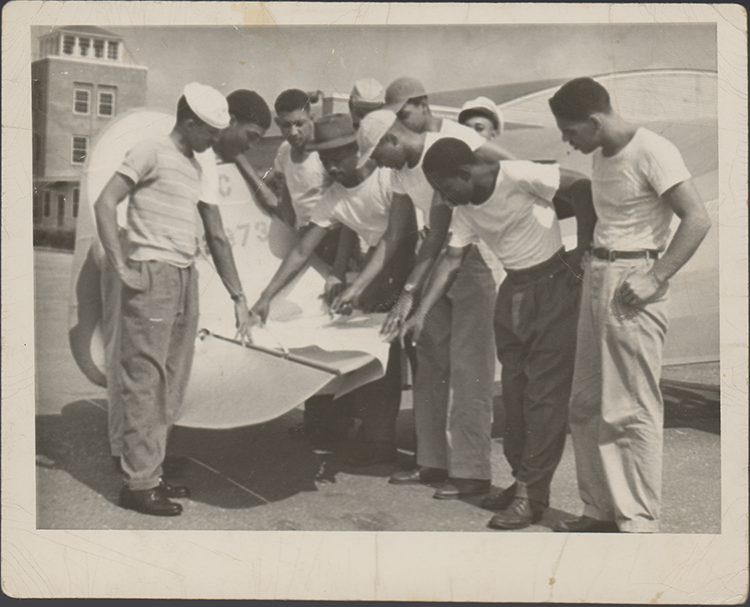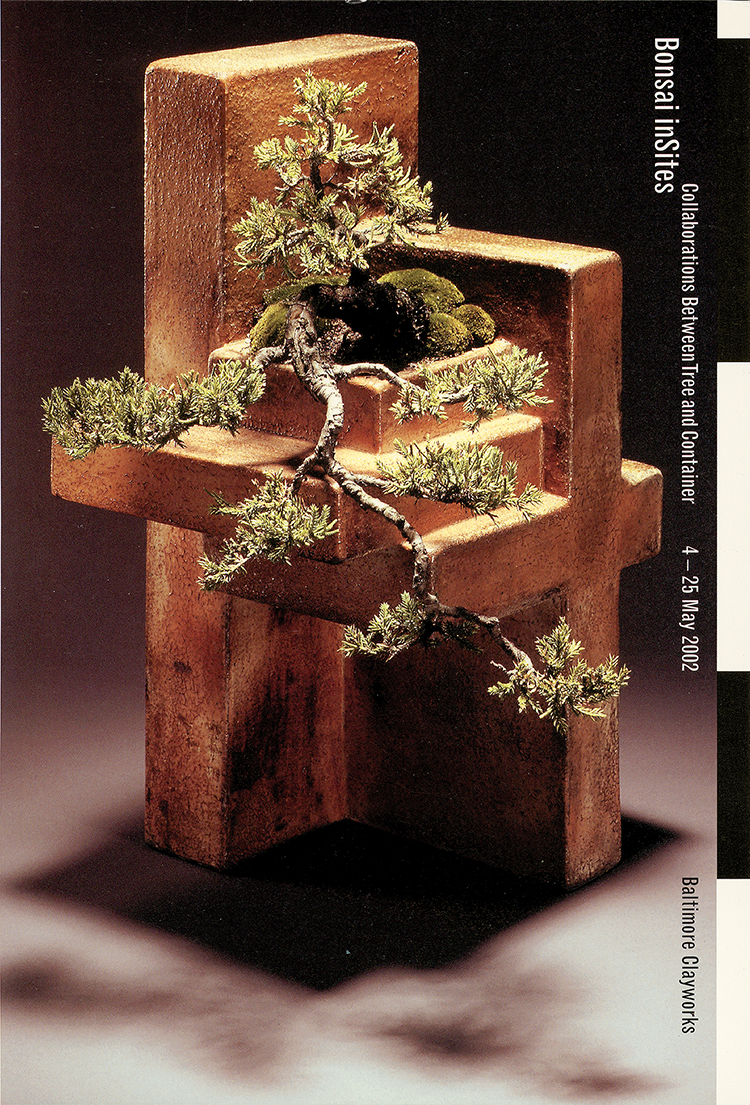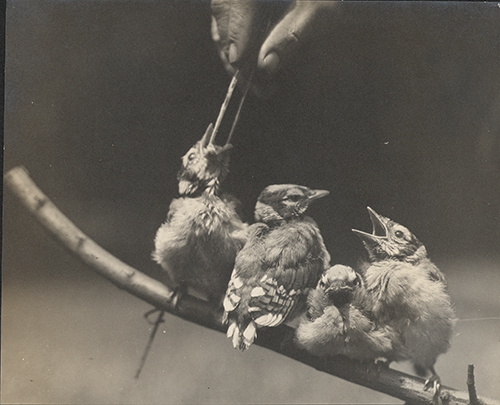This collection consists of photographs taken by Stewart’s Department Store photographer Francis Valentine Szczepanski from 1954-1968, a pivotal period for the Stewart’s brand. These images capture the Downtown, York Road, and Reisterstown Plaza locations' window displays, boutiques, specialty shops, and themed events. Szczepanski also captured multiple years' of Christmas displays and events, including performances by the Stewart’s Choir. The pictures provide views into the time period's fashion, social customs, and retail strategies.
Szczepanski also captured scenes from Baltimore's annual “I am an American Day” Parade along Patterson Park from the years 1954, 1961, 1966 and 1967, depicting crowds observing marching bands, VIP vehicles and other parade participants.

Digital Maryland is a collaborative, statewide digital preservation program of the Enoch Pratt Free Library / Maryland State Library Resource Center. The goal of the project is to facilitate the digitization, digital preservation, and access for historical and cultural documents, images, audio, and video that record Maryland’s history.
Learn MorePartnering with Digital Maryland has many benefits and can be adjusted to suit the needs of the organization or collection.
Learn About Partnership
The Herbert H. Jones Family Loan collection consists of photographs, correspondence, and airport operation ephemera relating to the operation and history of Columbia Air Center (CAC) and collected by Herbert H. Jones Jr. Operating from 1940-1962 in Croom, Prince George’s County, MD, CAC was the nation's first licensed Black-owned and operated airport. CAC first opened in 1940 as Riverside Airfield under the operation of Cloud Club Inc. John W. Greene Jr., a pioneering Black aviator and Cloud Club member, managed the airport in 1941. World War II closed CAC from 1942-1944. Greene assumed co-ownership and reopened the airfield as Columbia Air Center in 1944 and operated it until 1956, when he retired. Herbert Jones, a WWII veteran and Columbia Air Center member, co-owned CAC from 1954-1956. Both Greene and Jones remained active in the DC area's Black aviation community and preserved the history of CAC until their deaths in 1988 and 2020, respectively. Greene had no family, so he passed his collection of Columbia Air Center history to Jones for preservation.
View Collection
The Baltimore Clayworks Collection documents over four decades of ceramic arts, community programming, and organizational development in Baltimore, Maryland. Founded in 1980 by nine artists, Baltimore Clayworks was established with a mission to provide a supportive environment for ceramic artists while engaging the broader public through exhibitions, classes, and community-based arts education. The collection includes photographs of artists and exhibitions, event flyers, newsletters, press materials, catalogs, and internal documents that reflect the organization’s evolution, its support of emerging and established artists, and its commitment to accessibility and community impact. This collection offers a valuable resource for researchers, artists, educators, and arts administrators interested in the intersections of craft, community, and contemporary ceramics in the Mid-Atlantic region.
Featured image: bcwc168, A postcard for the exhibition "Bonsai inSites: Collaborations Between Tree and Container", featuring work curated by Ron Lang for an exhibition co-hosted by the U.S. National Arboretum National Bonsai and Penjing Museum.

The Natural History Society of Maryland is a private nonprofit dedicated to conserving Maryland’s natural heritage and educating its citizens on the natural sciences. NHSM manages a small museum in Baltimore County where it offers programs, lectures, workshops, and courses on a wide variety of natural science subjects.
The natural history collections date from the 1800s and include minerals, fossils, flora, fauna, and artifacts from Maryland and the mid-Atlantic region. These collections are both historically and scientifically significant to the state.
The NHSM is working to build a community where everyone feels welcome; where everyone has the same opportunity to learn about the natural world; and where everyone can grow to their full potential as naturalists and stewards of our fragile planet. For more information, visit our website: https://www.marylandnature.org/about-us/